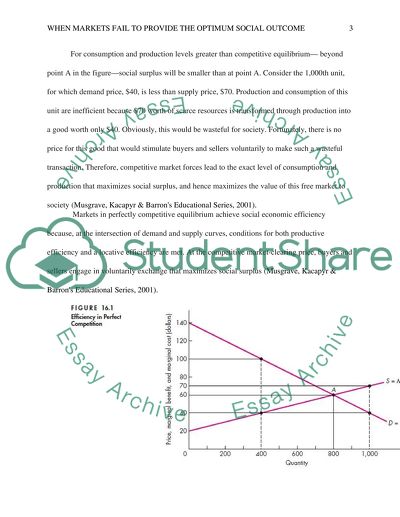When Markets Fail to Provide the Optimum Social Outcome Book Report/Review. Retrieved from https://studentshare.org/macro-microeconomics/1639523-when-markets-fail-to-provide-the-optimum-social-outcome
When Markets Fail to Provide the Optimum Social Outcome Book Report/Review. https://studentshare.org/macro-microeconomics/1639523-when-markets-fail-to-provide-the-optimum-social-outcome.


